As systems builders based in Horst (the Netherlands), founder and CEO of Light4food Rene van Haeff was convinced that the horizontal and vertical controlled growing systems in combination with light were to be the future solution for growing crops sustainably. Light4Food is a turnkey system builder for a wide variety of crops grown in both greenhouses and vertical farms.
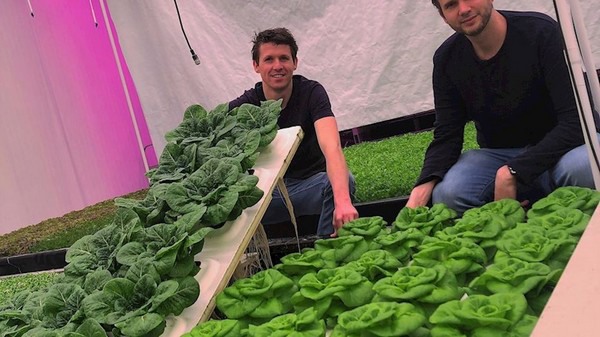
Light4Food
“First, it is important to understand that there are many ways to grow lettuce,” says Niels Jacobs, Product Engineer & Startup Specialist at Light4Food. “So, it was already quite a search to find the right growing system to grow lettuce. Lettuce growing is made for both a horizontal farm (greenhouse) and a vertical farm. A good start is fundamental for a good result. That’s why seeding and germination take place in a germination room and subsequently, propagation can be done in the greenhouse as well as in the indoor farm,” Niels explains. “After germination, the young plants go on propagation floats inside the greenhouse or indoor farm and will stay in these floats for about 14 days”.
Niels Jacobs, the first employee of Light4Food, had already experience in engineering growing systems for strawberries and medicinal crops, as well as growing and propagation of high wire crops like tomatoes and cucumbers on stone wool growing media. In combination with an entrepreneurial mind and after meeting with Thomas Peters, Business Development Manager from Grodan, the choice to try out stone wool for growing lettuce was made. Niels: “For me, the stone wool advantages outweighed the potential challenges and I wanted to give it a try.”
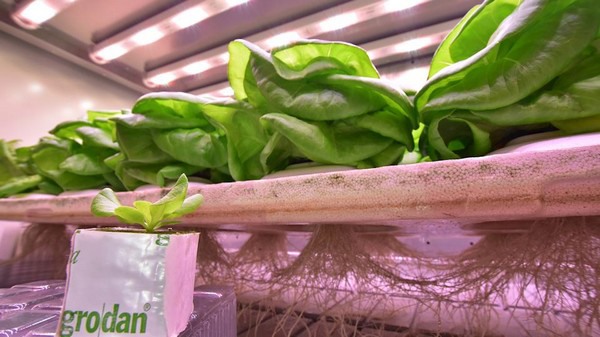
The growing phases of lettuce at Light4Food
Niels explains the phases of lettuce growing at Light4Food: “The first phase of lettuce growing is seeding and germination and that takes place in the germination cells. After 2/3 days, when lettuce is germinated and root development has taken place, the plugs are placed on eb and flood beds for propagation in another climate cell or in the greenhouse. Then the second phase starts; the propagation phase. Here stone wool is an ideal product because of its water-holding capacity. Stone wool can take up as much as 90 % of its own volume in water. After 14 days the lettuce crop can be transplanted on the floating system.” Thomas adds: “In many cases when the lettuce is germinated, they will be placing the lettuce straight away on floaters in a pond, but I have to say we see a lot of diversity worldwide.”
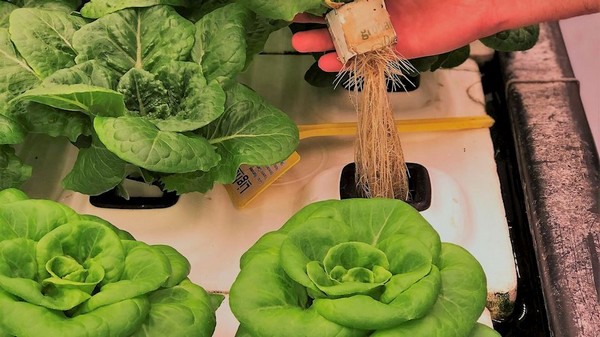
Niels’ job is to engineer the ideal growing solution. In this, he searches for the optimal match between the components, hard- and software, needed to grow lettuce. “We’re looking to minimize the handling of the growing process, to eliminate waste, and to automate as much as possible. That, in combination with sharing our knowledge from our growing facilities, is, in the end, our added value for lettuce growers.”
Limiting handling
An example of minimizing the handling is washing the crop. Niels: “In a clean growing environment, it is not needed to wash the lettuce after harvesting. Stone wool is in that scope the ideal base for growing. It is clean and gives no dirt to the crop so that it is ready to consume. And as the product is immediately ready for consumption the consumer is ensured of a fresh product!”
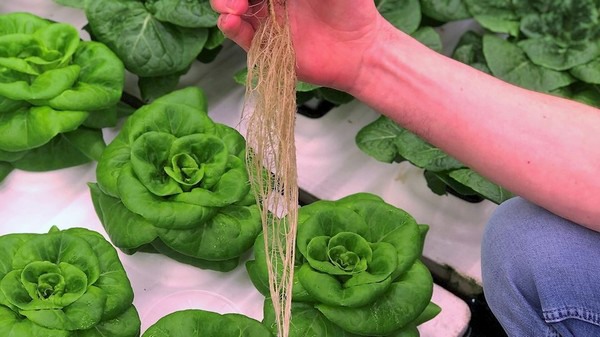
Another advantage of stone wool is that it comes in all sizes and shapes however, Thomas remarks: “As standards are still not common practice, we cannot adapt our product for each and every system on the market. That’s why I value the cooperation with Light4Food so much. Together we can take the crucial steps to define the standards and to further industrialize the sustainable growing process of lettuce”. This is where the two companies have a good fit, they’re working together to innovate the current practice. Thomas: “What we now see in the trials is that float and substrate should work together as a team. If these two are perfectly matched, we get and see the best results on a deep-water culture system”.
When visiting the research locations Niels mentions the importance of a uniform crop. Thomas continues: “Uniformity is one of the unique properties of stone wool. It is an industrialized product and product quality is key and you see that immediately when looking at the crop.”

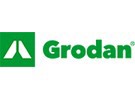 Grodan
Grodan